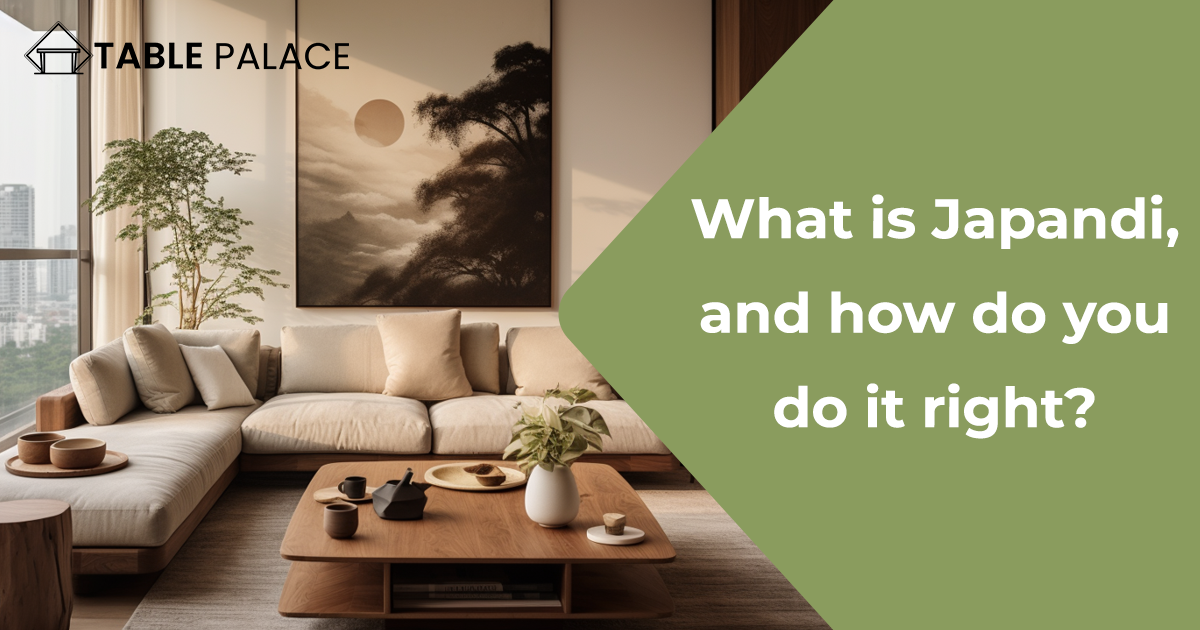Understanding Japandi Style
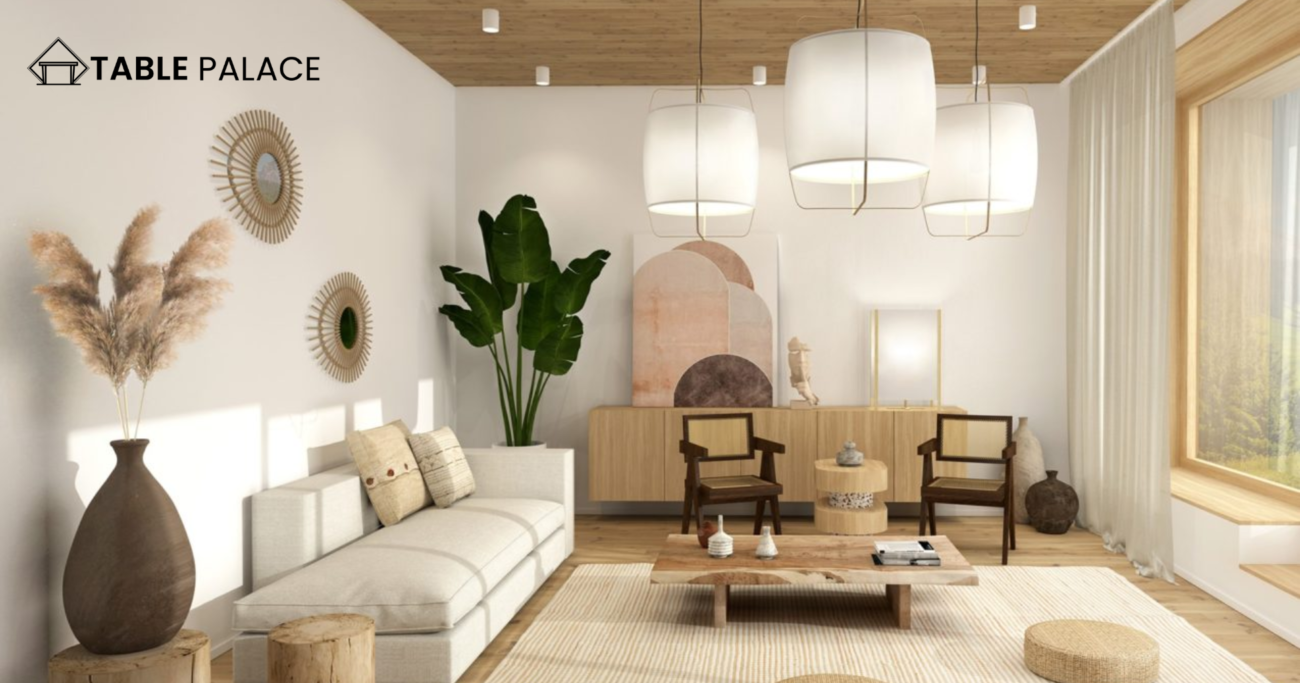
Japandi style, an amalgamation of Japanese and Scandinavian design philosophies, epitomizes a seamless blend of functionality and elegance. Rooted in the ancient Japanese ethos of wabi-sabi and the Scandinavian concept of hygge, Japandi embraces simplicity, comfort, and well-being. It seamlessly integrates the clean lines of Scandinavian design with the refined aesthetics of Japanese minimalism.
Embracing Natural Elements
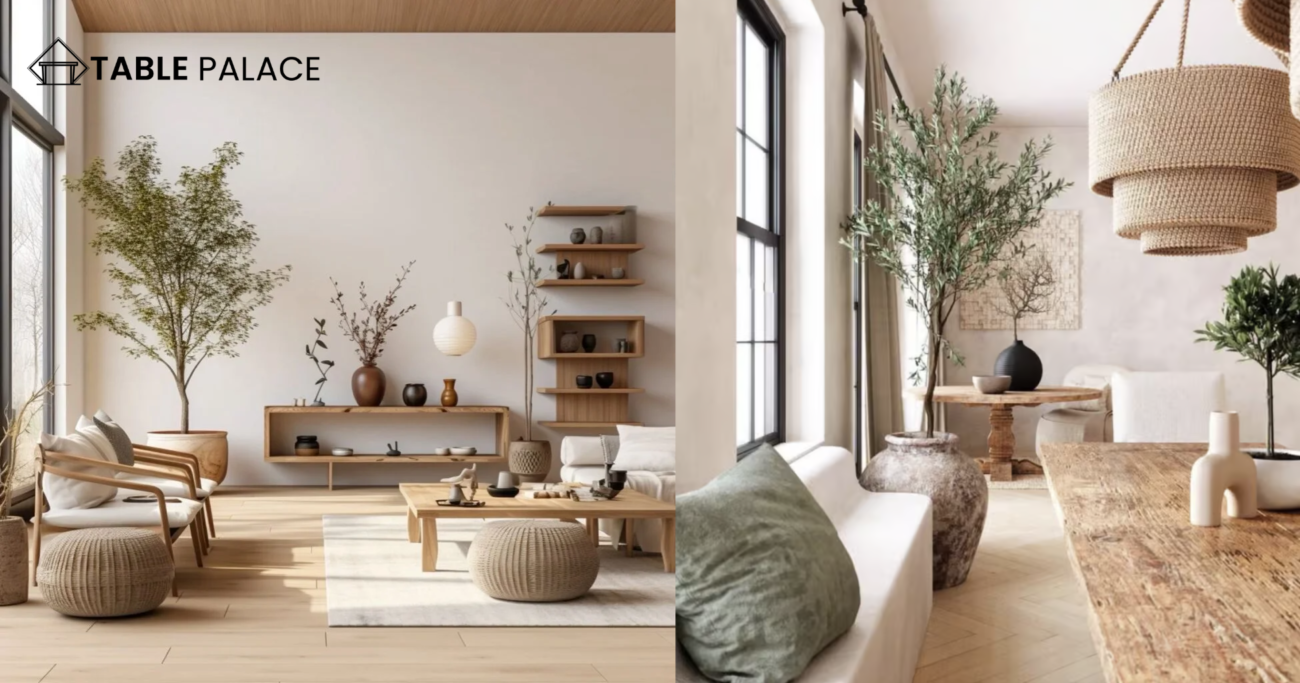
Incorporating neutral tones like beige, sand, and taupe, alongside natural materials such as rattan and bamboo, sets the foundation for the Japandi style. The goal is to cultivate a serene atmosphere devoid of overpowering colors. Adding subtle Scandi hues or darker accents like charcoal grey can introduce depth while maintaining harmony. Opting for sustainable materials like cotton and hemp enhances the eco-friendly essence of Japandi.
Mix and Match
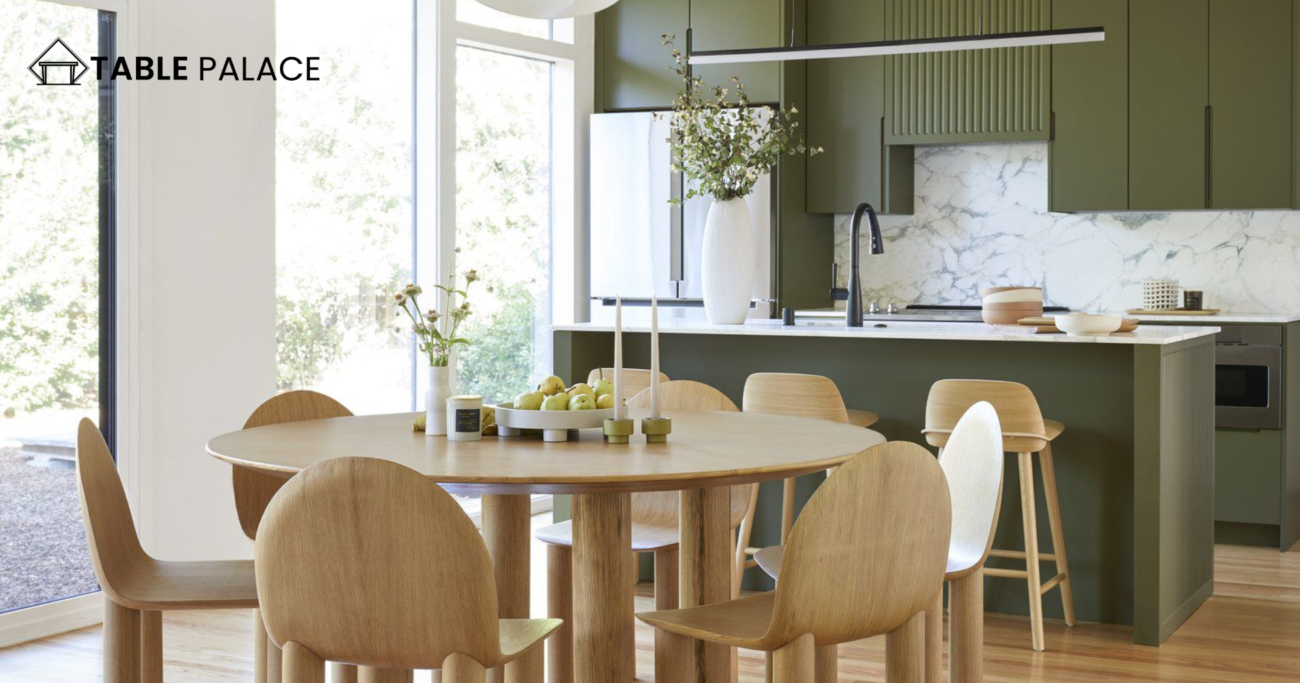
Juxtaposing the simplicity of Scandinavian furniture with the intricate detailing of Japanese design creates visual intrigue. Quality craftsmanship is key, whether opting for light or dark-colored woods. Harmonizing the tones of wooden elements unifies the space, fostering a modern and cohesive ambiance.
Curating Minimalistic Accents
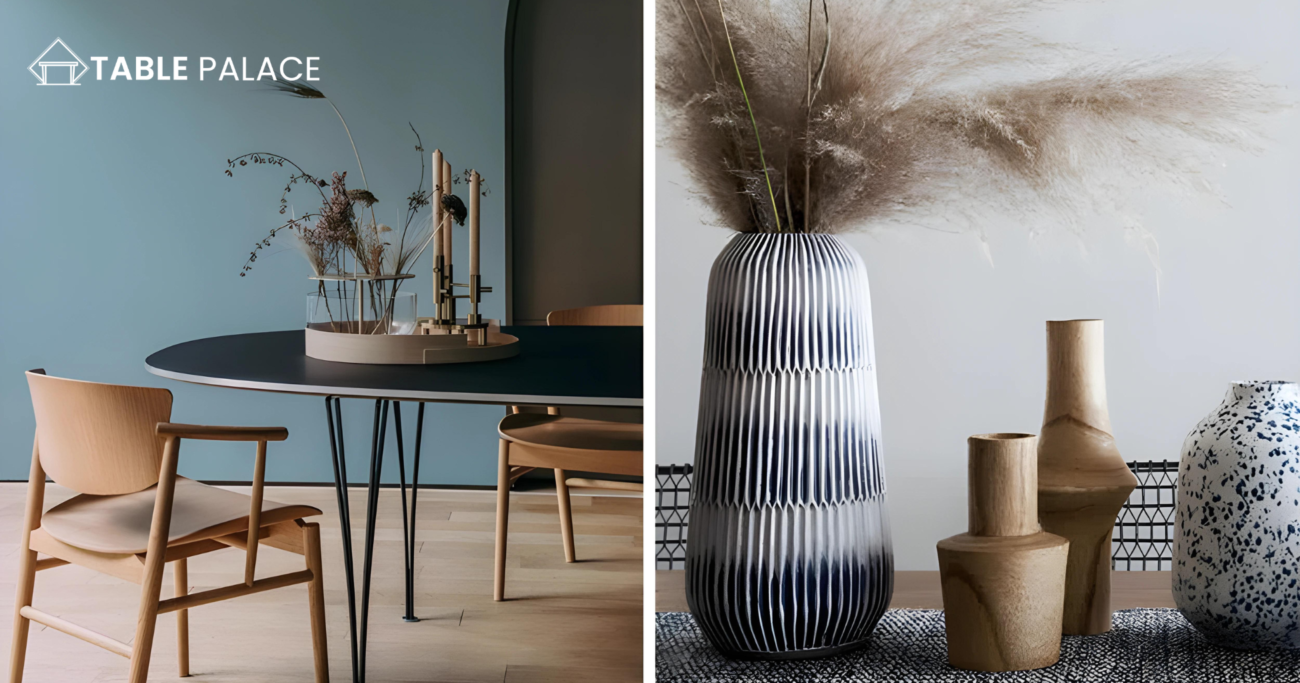
Central to the Japandi style is the concept of decluttering, focusing on a select few timeless pieces. Minimalist accessories such as mirrors, artwork, and table lamps add personality without overwhelming the space. Incorporating greenery not only honors the Japanese affinity for nature but also purifies the air, echoing the Scandinavian emphasis on wellbeing.
Integrating Luxurious Textures
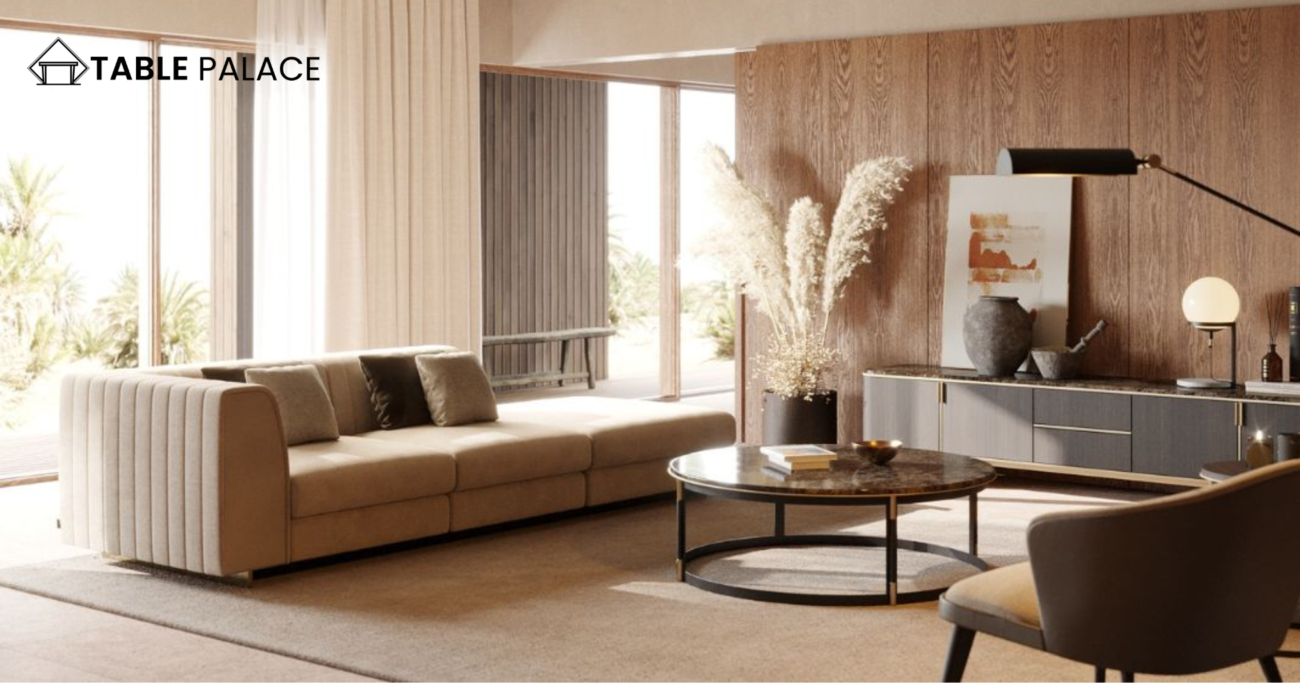
Diverse textures and fabrics infuse warmth and character into Japandi interiors. Indulgent patterns and tactile materials like wool and linen elevate comfort while enlivening the space. A generously sized, subtly patterned rug complements the minimalist aesthetic, creating a cozy sanctuary.
Low Key Lighting
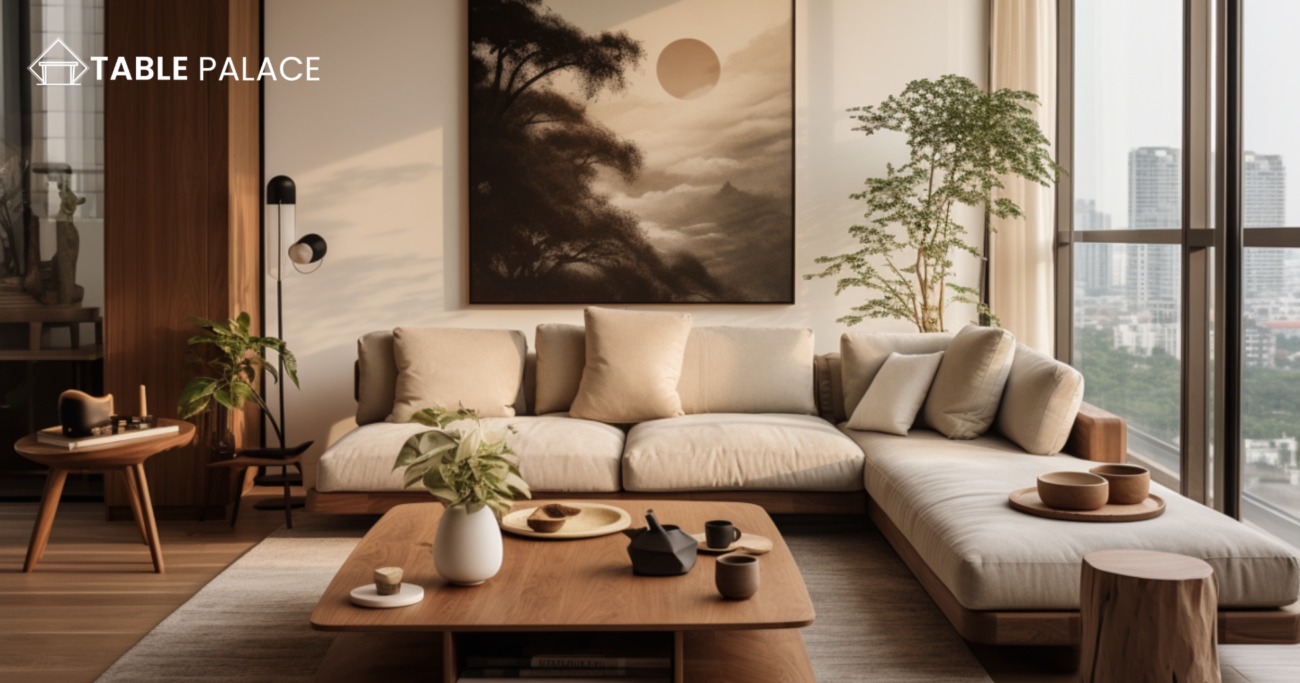
Thoughtfully selected lighting enhances the ambiance of Japandi interiors. Soft, ambient lighting cultivates a tranquil environment, embodying the essence of hygge. Industrial-inspired fixtures or handcrafted pendants in muted tones add a touch of sophistication, further enriching the space.
Bringing Japandi Outdoors
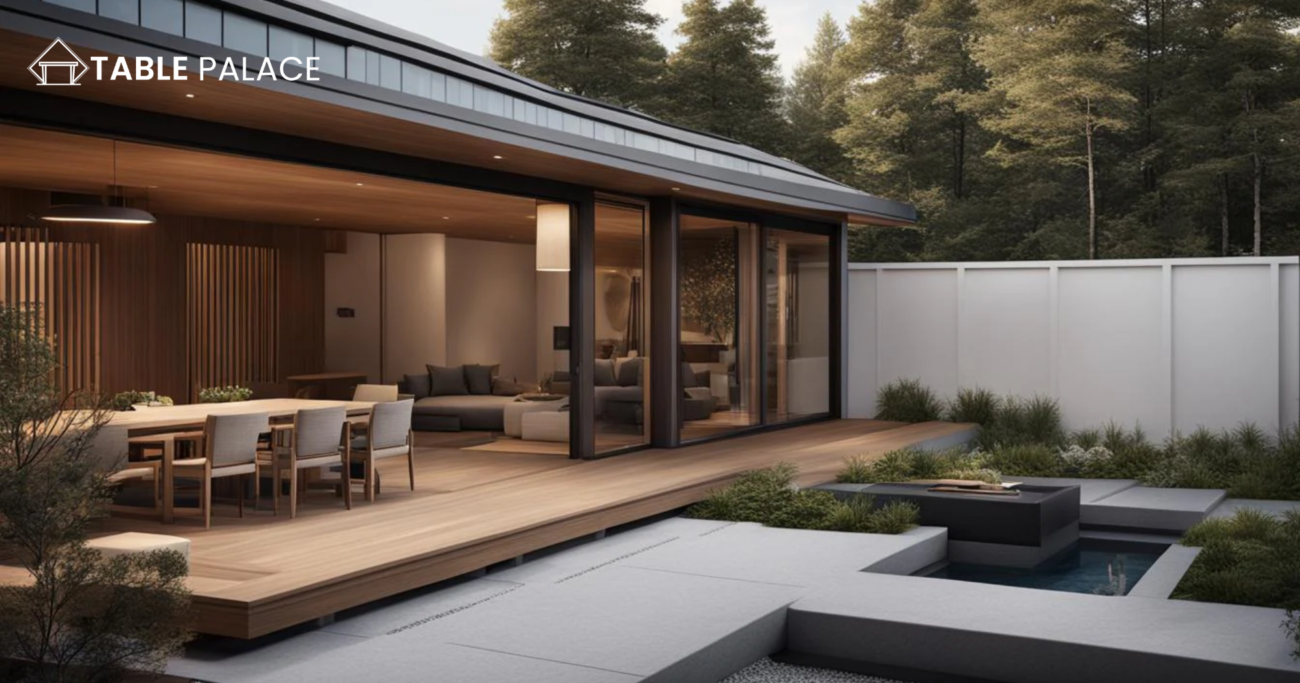
Japandi style isn’t confined to indoor spaces—it effortlessly extends to outdoor areas as well. By adhering to the same principles outlined above, you can create an outdoor oasis that resonates with tranquility and sophistication. Integrate Japanese-style lamps for ambient lighting, complemented by sleek, Scandinavian-inspired furniture with clean lines. Stick to earthy tones and hues inspired by nature to maintain harmony with the outdoor environment. With these elements in place, you’ll soon cultivate your serene peace garden, seamlessly blending the essence of Japandi style with the beauty of nature.
Conclusion
In conclusion, the Japandi style offers a harmonious fusion of Japanese minimalism and Scandinavian simplicity, creating spaces that prioritize both functionality and elegance. By embracing natural elements, balancing contrasts, curating minimalist accents, integrating luxurious textures, and elevating with subdued lighting, Japandi interiors exude a sense of tranquility and sophistication. Whether indoors or outdoors, this timeless design trend offers a pathway to creating inviting and serene environments that resonate with modern sensibilities.

